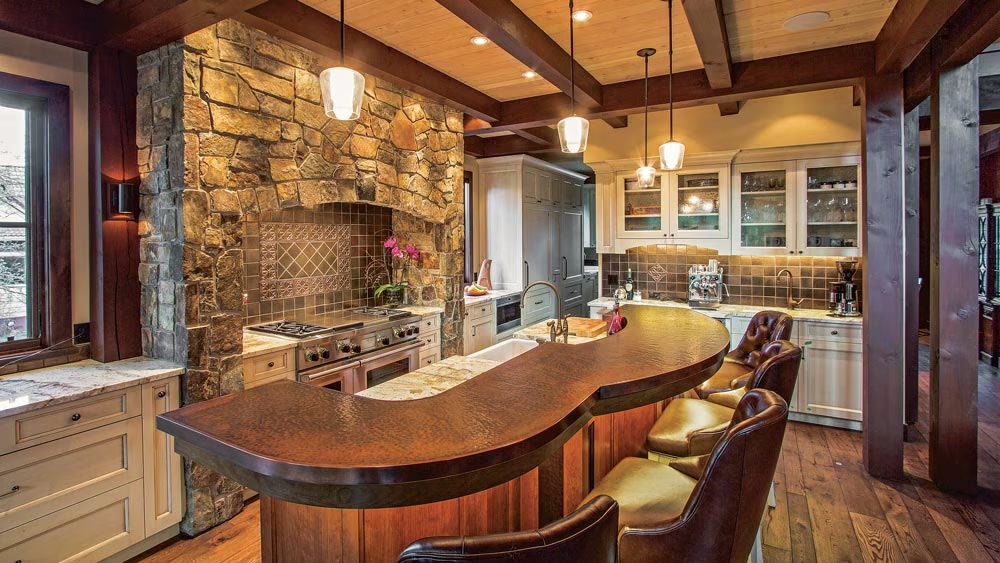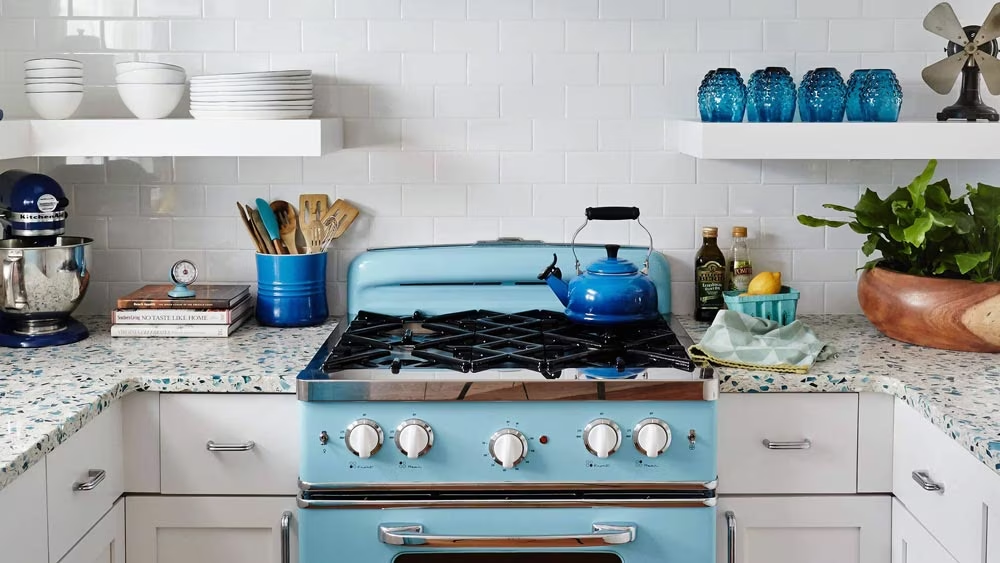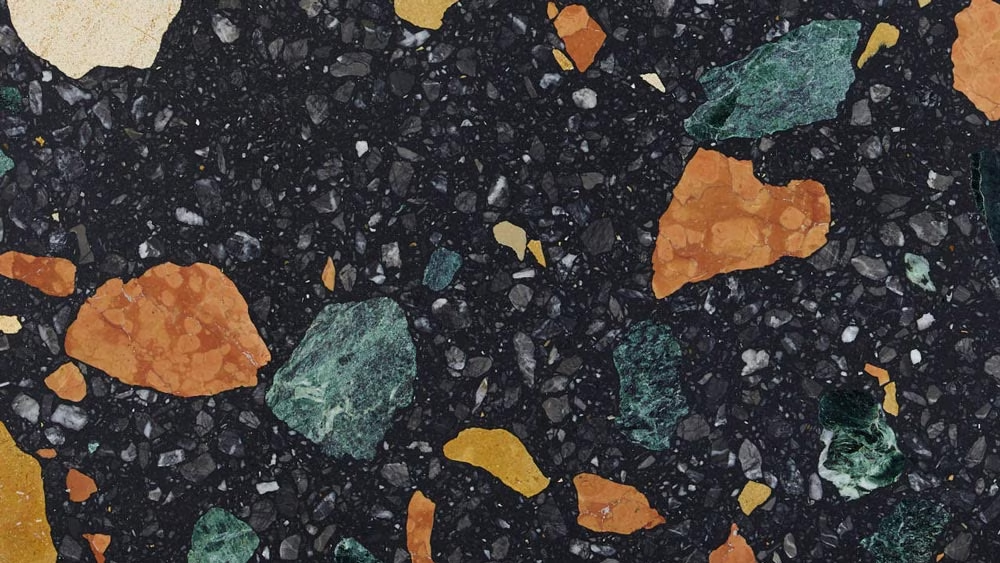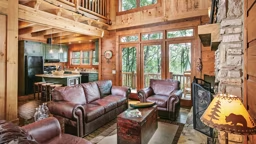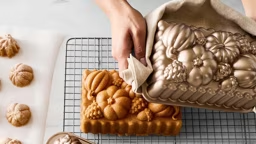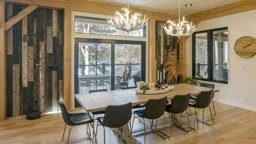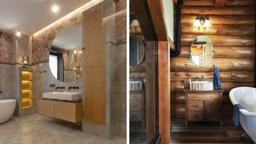The countertops you select for your home — whether in the kitchen, bathroom, wet bar, outdoor kitchen or otherwise — are among the key places where the marriage of form and function is truly put to the test. From on-trend marble to low-maintenance quartz to innovative PaperStone, the options are endless. Using this quick guide (and with lifestyle, budget and personal preference in mind), settling on the right choice should be no real debate in the end.
What’s Popular
According to the 2023 Houzz U.S. Kitchen Trends study, countertops are the number one upgrade renovating homeowners commit to in their cook space, just ahead of backsplashes and sinks.
So, what are they changing? The report indicates multi-colored counters are continuing to decline in popularity, while white countertops are continuing their year-after-year steady growth. (That being said, one trend on the rise calls for a wood or dark-hued countertop on the kitchen island to contrast lighter-hued perimeter counters.)
The study also indicates the most popular material choices are, in order: engineered quartz, granite, butcher block or wood, quartzite and marble. And though engineered quartz tops the chart, the study does show a slight decrease year-over-year in its popularity. A 2022 study by Houzz finds the same trends carry from kitchen to bath: white countertops are in, as well as engineered quartz, quartzite, marble and granite.
What’s New and Different
Perhaps a bit counter-intuitive, PaperStone is indeed a countertop material made from paper. The hardworking composite surface is workable like wood but is strong and durable like steel and stone options. It’s made from post-consumer recycled paper and old cardboard container material mixed with resin, so it’s sustainable on top of its other benefits.
Equal parts eye-catching and eco-friendly, crushed-glass countertops are an up-and-coming way to infuse your space with unique style. Typically made by embedding recycled glass in concrete or acrylic, each slab is its own work of art. Known to be stain- and scorch-resistant, the surface is durable, though it can be costly. Try makers like Vetrazzo, where each slab is handcrafted by an artisan in themed collections like “Lakes & Mountains” or “Sea & Sand.”
What’s Unexpected
Live-edge wood is a proper, rustic choice for log and timber getaways, bringing the beauty of the great outdoors directly into your home. A great way to add a statement-making accent to wood countertops on a kitchen island or bar, these slabs come in a variety of species, sizes and styles, and can even be applied in a “waterfall” edge for a truly special touch. Providers like Water’s Edge Woods remove the bark and fill knots and cracks with resin to make sure the surface is as smooth and sanitary as it is stunning.
For fans of mid-century modern style, Marmoreal is an updated twist on terrazzo that adds panache to any space. This engineered marble surface, made in collaboration between Dzek architectural products and British furniture designer Max Lamb, is available in a dark and a light colorway, as well as in a honed and polished finish.
Finally, if you’re not a perfectionist and love a heavy dose of patina, copper countertops instantly infuse kitchens and bathrooms with Old-World warmth. Copper is prone to dents and scratches and gradually tarnishes over time, but that’s exactly what draws enthusiasts to it — that worn-in and well-loved look. Copper can be a pricey choice for countertops, but it also boasts the benefits of requiring minimal maintenance and being inherently antimicrobial.
Much like when designing a log or timber home, once you evaluate your style, budget and lifestyle, your imagination is the limit. Whether you opt for manmade materials or something straight from Mother Nature’s playbook; statement-making or totally subdued, a peek into the world of countertop options proves there’s a surface for every style.
Quartzite vs. Engineered Quartz
Quartzite is a natural rock, quarried in countries all over the world, including the U.S. and Canada. Engineered quartz is a manmade product made of loose rock, resin and pigments. Quartzite is more scratch- and stain-resistant, but quartz is non-porous and doesn’t require sealing like quartzite does.





